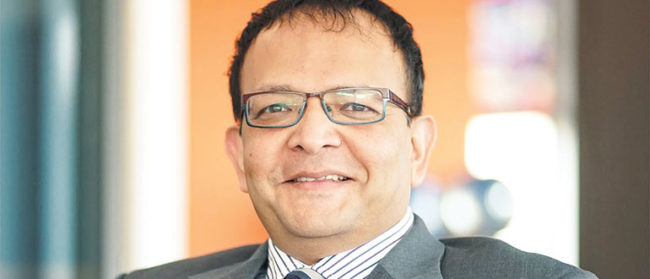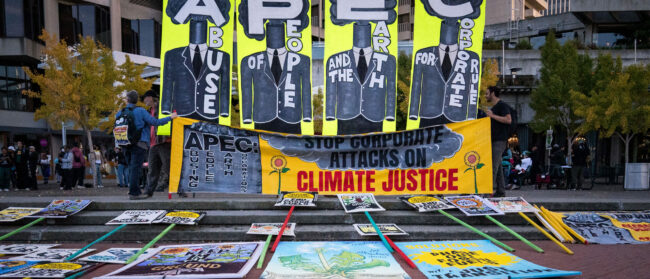How do the bags work?
We can make two types of bags: one made from about 40% cassava starch and the other, a compostable one, made from around 60% cassava starch. We don’t carry the compostable ones in Cambodia because they are even more expensive. The biodegradable bags last about four to six years. The cassava will start to deteriorate first and will produce bacteria that will eat away at the plastic polymers, breaking it up. The compostable ones are similar, except it takes only two years for the bags to break down.
What is your main motivation for wanting to prevent plastic pollution?
The thing that is key for me and what started it is that plastic will stay around for anything from 100 to 1,000 years or more. Seeing waste here in Cambodia in places that could be so beautiful – rice fields, temples, the Tonle Bassac river – it’s really bad to think that if you see a bag there or a water bottle, it’s going to be there for not just generations, but for thousands of years.
If you build an Angkor Wat right now and dropped a plastic bag, the people who are going to visit in a thousand years might still see that bag, and it is dirtying up something that is so beautiful. Living in Siem Reap, I often come across people who have been to Angkor Wat, and I always ask them how it was. Almost always the first thing that someone says is, “I loved Cambodia and Angkor Wat, but… it is so dirty.” So I’ve always said, what if we could get rid of that “but it’s so dirty”? Imagine what could happen for the economy and the local people and for Cambodia as a place – it could be not only beautiful and great to visit, but also a model for other countries. If a country like Cambodia can clean up and abolish plastic, then any country can. That’s the main motivation for me.
The government recently introduced a sub-decree making it mandatory for supermarkets and shopping centres to charge a small fee for plastic bags. This seems like a positive change.
The charge in the supermarkets is a step. It’s a great first step and it is actually being enforced, as far as I know. But there are still some questions. Is it actually reducing plastic use? Where does the money go? Is it going to the supermarket, the government, or going to initiatives to help further reduce plastic? I don’t really have the answers to those questions right now. But I think it’s great that the government actually made a step to do that, and I think at the very least, it is making consumers at those stores realise that this is probably not going to be an exception, it’s going to be a norm coming in the future. Get ready for it.
There’s a culture in Cambodia of single-use plastics. Is it difficult convincing people to switch over?
Absolutely. The idea was really to get these bags into the hands of people who use them most: customers at markets and street vendors, for example. But I realised fairly quickly that it wasn’t realistic. As a business owner, as someone selling at the market, it doesn’t make sense to spend twice as much on a plastic bag, therefore taking money out of what they are likely going to spend on food for their family for that night. I understand that. So we’re kind of using a top-down model. Our customers are typically Western or foreign business owners – places where I think people have seen the impact of plastic and what it can do and want to make sure it doesn’t happen here, or prevent it from happening further.
So hopefully the top-down model will work, and we will see other people adopting it and realising the problem and then eventually – hopefully with government assistance – we can find some way to create an alternative. Whether it is with my bags or not, that isn’t my concern, I just want people to use less plastic.
Will Cambodia be able to manage its plastic problem?
Yeah, absolutely. It’s going to take an army. Just by waking up and going outside, we probably do something that an environmentalist would say is hurting the environment; our phones contain so many natural resources, you can’t come to a country like Cambodia and not buy a bottle of water, producing the cotton on your shirt, etc. It is about finding small ways to limit the damage, and it takes a lot of people to do that. Likewise, I think initiatives in Cambodia – for example, what we’re doing, and also Plastic Free Cambodia and GoGreen – will all help.
It’s going to take a lot of people doing it and a lot of people reacting to it and following suit and figuring out how best people can adjust their lifestyles.


